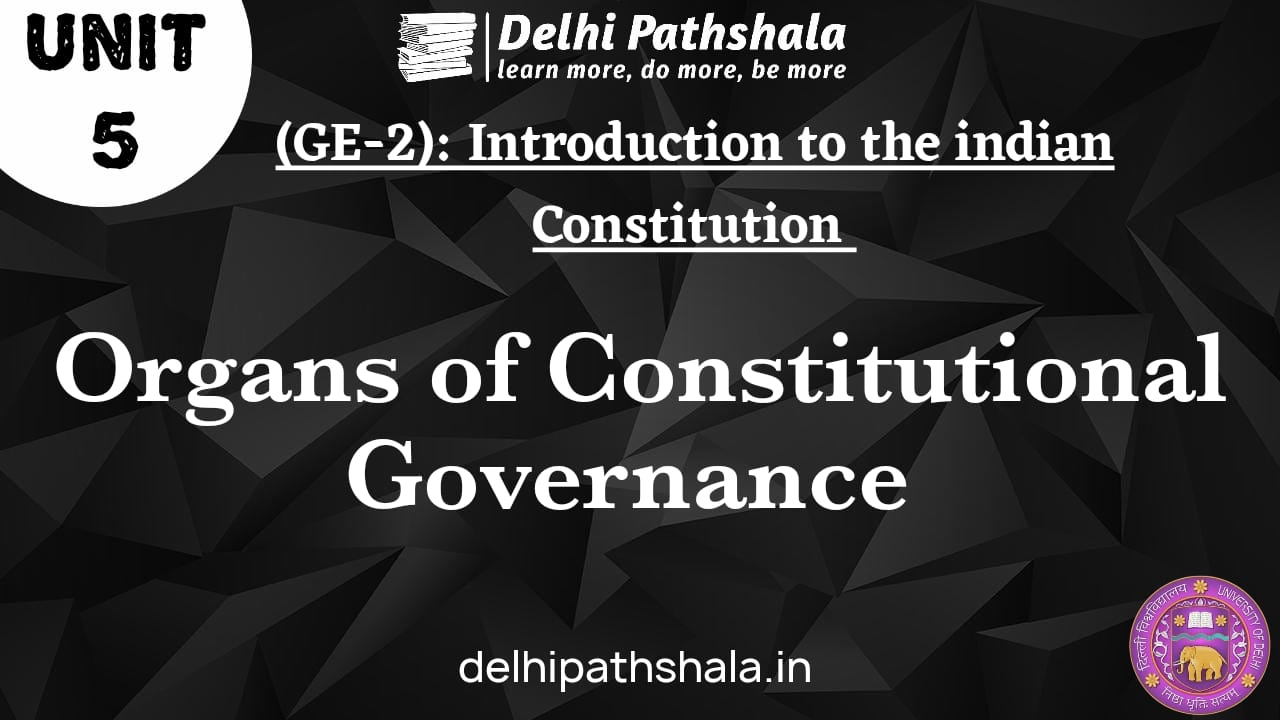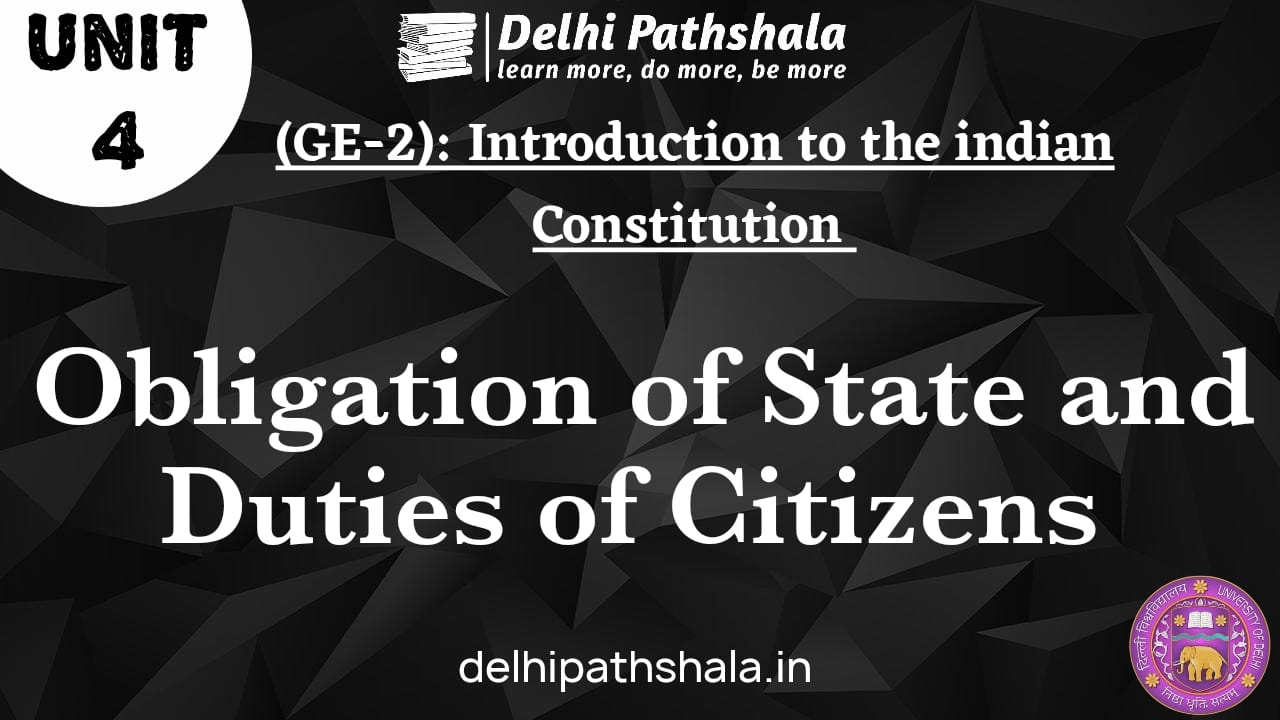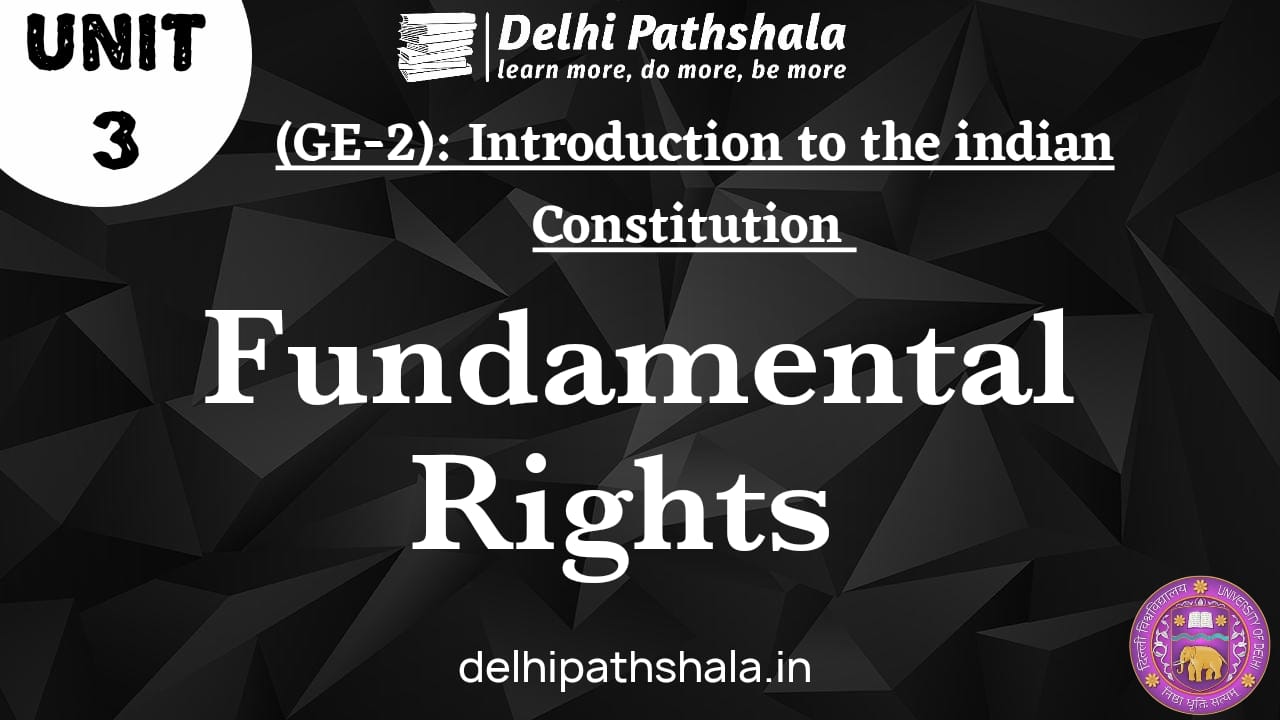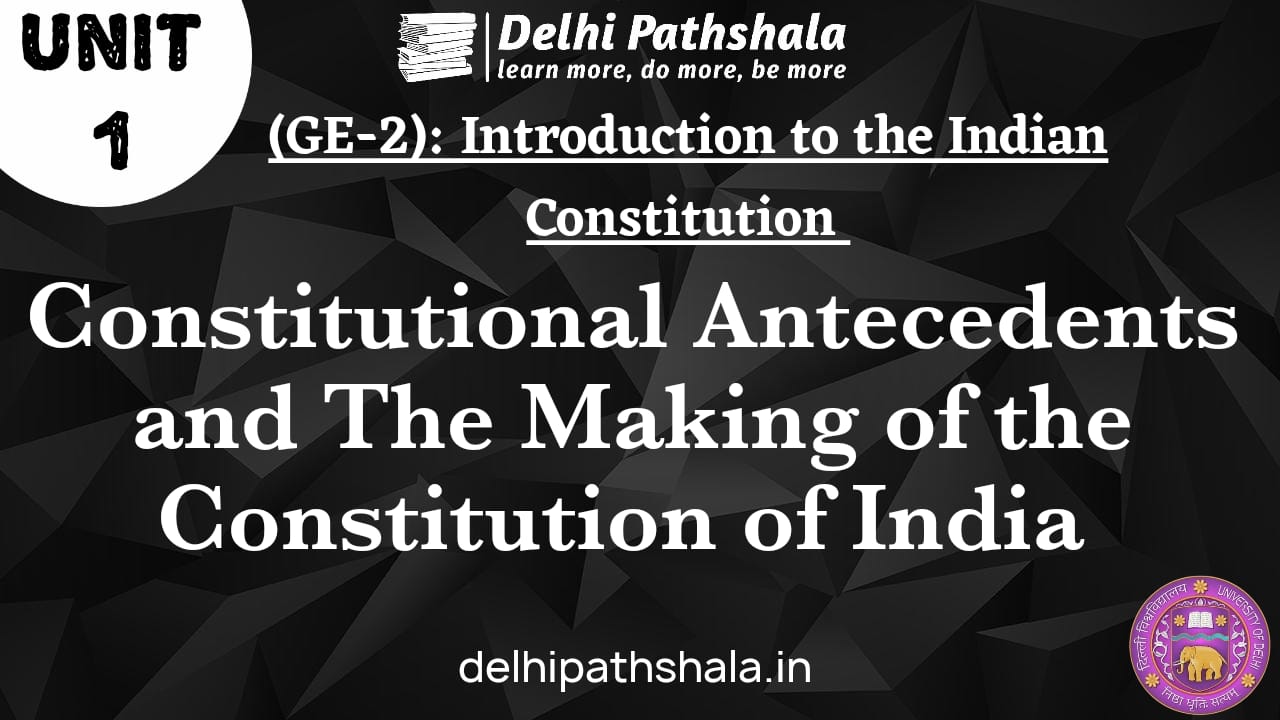(GE-2) Unit-6: Centre-State Relations and Decentralization
1. Meaning and Significance of Centre-State Relations and Decentralization:– Meaning: Centre-state relations refer to the distribution of powers and responsibilities between the central government and the state governments in a federal system. Decentralization, on the other hand, involves the transfer of authority and decision-making from the central government to local or regional entities.– Significance: Establishing […]






